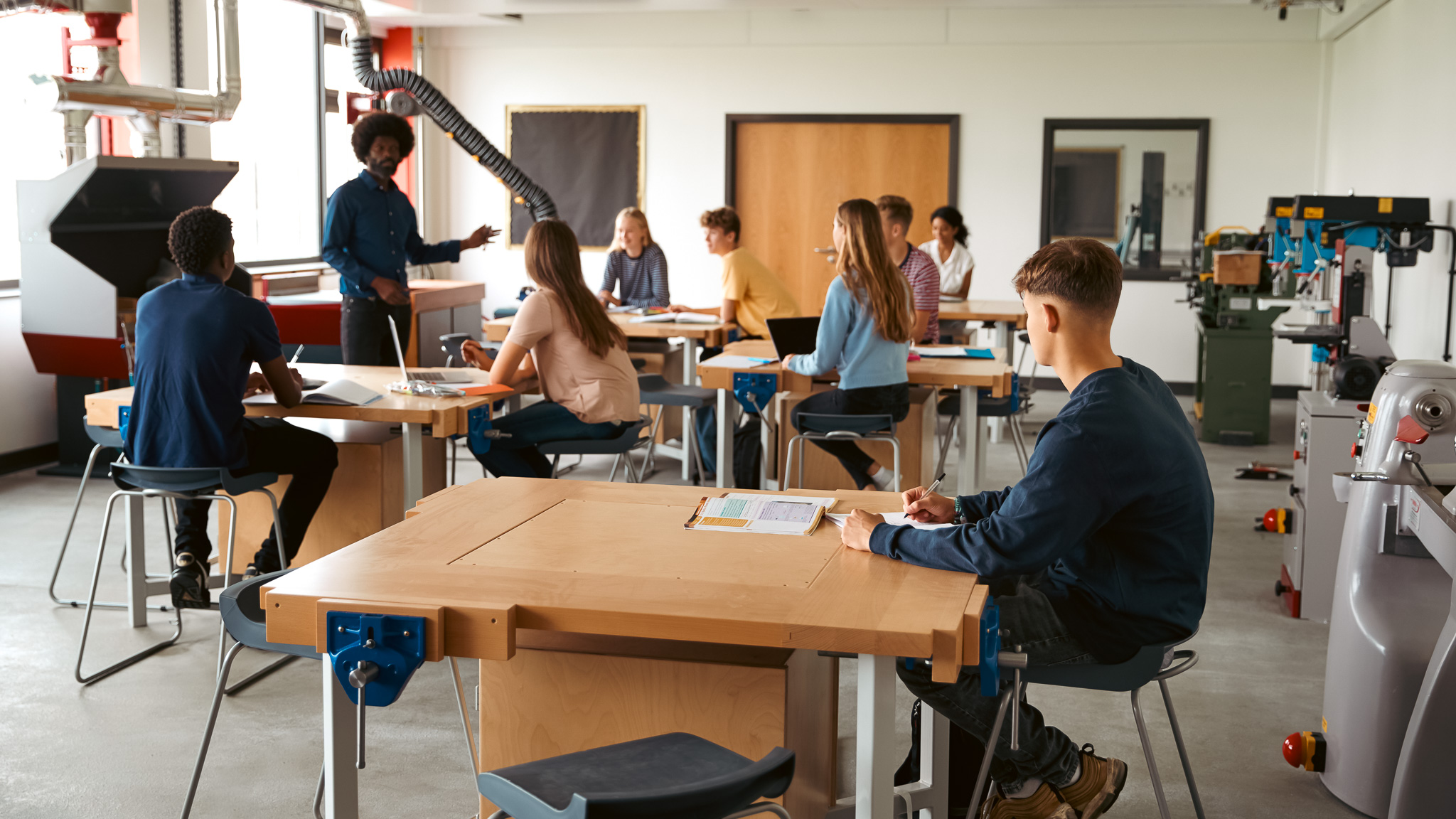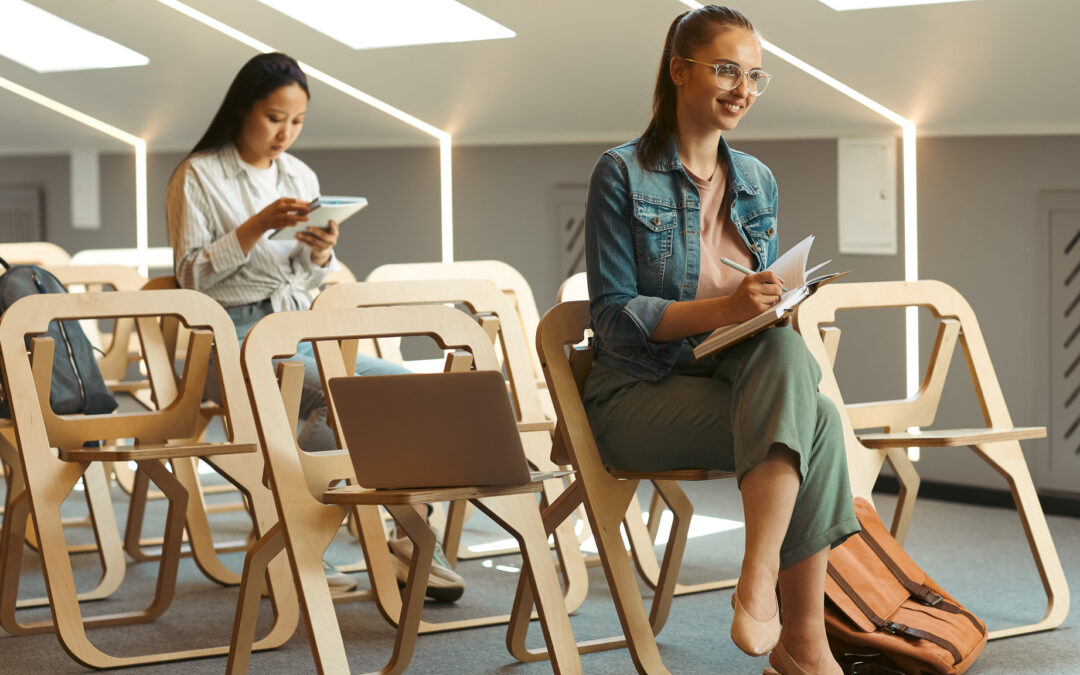Introduction:
In today’s educational landscape, traditional classroom setups are giving way to collaborative learning environments that foster engagement, creativity, and critical thinking. Let’s explore the pivotal role that furniture design plays in shaping these modern educational spaces and enhancing the learning experience for students.
The Shift Towards Collaboration:
As educational pedagogies evolve, there’s a growing recognition of the importance of collaborative learning. From project-based activities to group discussions, students benefit greatly from opportunities to interact with peers and share ideas. To facilitate this collaboration, educational institutions are embracing flexible furniture solutions that allow for easy reconfiguration and adaptability to different teaching styles and activities. By creating collaborative learning spaces, schools and universities can empower students to collaborate effectively, develop teamwork skills, and engage more deeply with course material.

The Impact of Furniture Design:
The design of classroom furniture plays a crucial role in creating conducive learning environments. Comfortable seating arrangements, modular desks, and mobile furniture pieces enable students to collaborate seamlessly while accommodating various teaching methodologies. At HiTouch Contract Furniture, we specialize in designing educational spaces that prioritize flexibility, functionality, and student engagement. Our team of experienced designers works closely with educators to understand their pedagogical goals and create customized solutions that enhance the learning experience for students of all ages.

Real-Life Applications:
By integrating innovative furniture designs into educational spaces, schools and universities can create dynamic environments that inspire creativity and foster collaboration. From collaborative workstations equipped with writable surfaces to lounge areas designed for group discussions, our approach to educational furniture design emphasizes versatility and adaptability. Our goal is to empower educators and students alike to thrive in today’s collaborative learning environments by providing them with the tools they need to succeed.
In conclusion, furniture design plays a pivotal role in shaping modern educational spaces that prioritize collaboration and student engagement. By investing in innovative furniture solutions, educational institutions can create dynamic learning environments that prepare students for success in an increasingly collaborative world.

